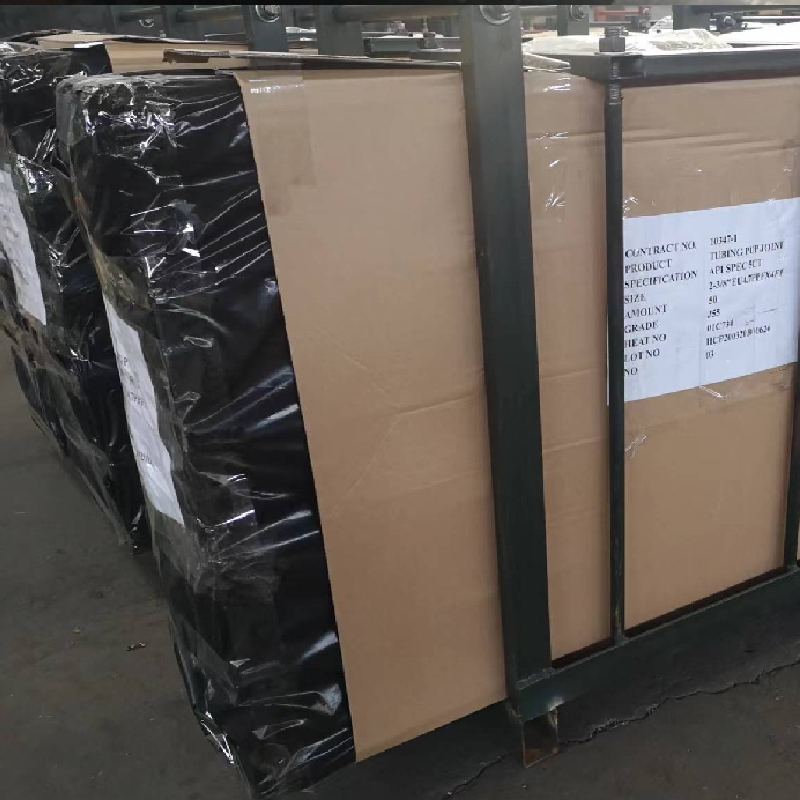- Afrikaans
- Albanian
- Amharic
- Arabic
- Armenian
- Azerbaijani
- Basque
- Belarusian
- Bengali
- Bosnian
- Bulgarian
- Catalan
- Cebuano
- Corsican
- Croatian
- Czech
- Danish
- Dutch
- English
- Esperanto
- Estonian
- Finnish
- French
- Frisian
- Galician
- Georgian
- German
- Greek
- Gujarati
- Haitian Creole
- hausa
- hawaiian
- Hebrew
- Hindi
- Miao
- Hungarian
- Icelandic
- igbo
- Indonesian
- irish
- Italian
- Japanese
- Javanese
- Kannada
- kazakh
- Khmer
- Rwandese
- Korean
- Kurdish
- Kyrgyz
- Lao
- Latin
- Latvian
- Lithuanian
- Luxembourgish
- Macedonian
- Malgashi
- Malay
- Malayalam
- Maltese
- Maori
- Marathi
- Mongolian
- Myanmar
- Nepali
- Norwegian
- Norwegian
- Occitan
- Pashto
- Persian
- Polish
- Portuguese
- Punjabi
- Romanian
- Russian
- Samoan
- Scottish Gaelic
- Serbian
- Sesotho
- Shona
- Sindhi
- Sinhala
- Slovak
- Slovenian
- Somali
- Spanish
- Sundanese
- Swahili
- Swedish
- Tagalog
- Tajik
- Tamil
- Tatar
- Telugu
- Thai
- Turkish
- Turkmen
- Ukrainian
- Urdu
- Uighur
- Uzbek
- Vietnamese
- Welsh
- Bantu
- Yiddish
- Yoruba
- Zulu
casing coupling dimensions
Casing Coupling Dimensions An Overview
Casing couplings play a crucial role in the oil and gas industry, especially in drilling and production operations. They are integral components that connect segments of casing pipes, which are used to stabilize the borehole and prevent the collapse of the well. Understanding the dimensions and specifications of casing couplings is essential for ensuring proper fit, pressure integrity, and operational efficiency.
What are Casing Couplings?
Casing couplings are short lengths of pipe, typically made of steel, designed to thread onto the ends of casing pipes. They serve as a connector that allows different sections of casing to interlock securely. This interconnectivity is vital for maintaining the structural integrity of the wellbore and for withstanding the high pressures and temperatures typically encountered during drilling operations.
Dimensions of Casing Couplings
The dimensions of casing couplings vary based on the size and type of casing they are meant to connect. Casing pipes are categorized by their nominal diameter, which typically ranges from 4.5 inches to 20 inches or more. Couplings need to match these sizes to ensure a proper seal.
The standard specifications for casing couplings are defined by organizations such as the American Petroleum Institute (API), which provides guidelines for various types of couplings, including Standard API casing coupling dimensions. The most common dimensions include the outer diameter (OD), inner diameter (ID), length, and thread type.
casing coupling dimensions

For instance, a common dimension for a 9.5-inch casing coupling might have an OD of approximately 10.5 inches and a length of around 7 inches. The threading is crucial as it determines how effectively the coupling will secure the casing pipes. API specifications detail different thread types, including the Long Round Thread (LRT), Premium Thread (P), and Buttress Thread, each suitable for specific applications and well conditions.
Importance of Accurate Dimensions
Accurate coupling dimensions are essential for several reasons. First, they ensure that the casing strings can withstand the mechanical stresses involved in drilling. If the dimensions are off, it can lead to failures where the casing pulls apart under pressure, resulting in costly downtime or accidents.
Secondly, couplings must maintain a tight seal to prevent the ingress of fluids from surrounding geological formations, which could contaminate the well or lead to blowouts. A mismatch can compromise this integrity, leading to environmental hazards.
Lastly, standardizing dimensions helps in inventory management and procurement. When couplings are produced and supplied in accordance with API standards, it simplifies the logistics for drilling companies, allowing them to focus on operational readiness without the added stress of custom component management.
Conclusion
In summary, casing coupling dimensions are a fundamental aspect of oil and gas drilling operations. Understanding these dimensions, adhering to industry standards, and ensuring the right fit are crucial to maintaining well integrity and operational efficiency. As the industry evolves, the importance of precise engineering and adherence to specifications will continue to be paramount in ensuring successful drilling outcomes.
-
Tubing Pup Joints: Essential Components for Oil and Gas OperationsNewsJul.10,2025
-
Pup Joints: Essential Components for Reliable Drilling OperationsNewsJul.10,2025
-
Pipe Couplings: Connecting Your World EfficientlyNewsJul.10,2025
-
Mastering Oilfield Operations with Quality Tubing and CasingNewsJul.10,2025
-
High-Quality Casing Couplings for Every NeedNewsJul.10,2025
-
Boost Your Drilling Efficiency with Premium Crossover Tools & Seating NipplesNewsJul.10,2025







